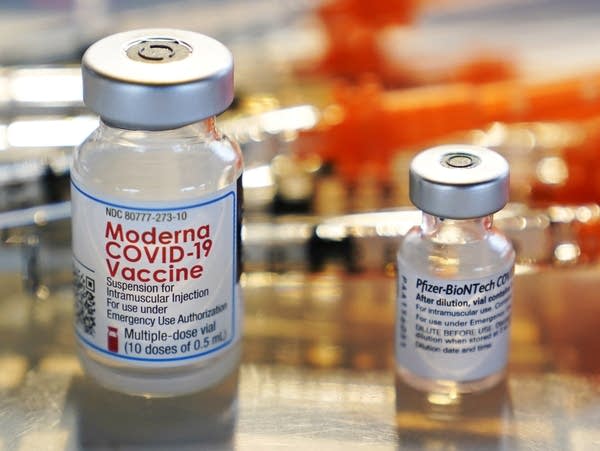U's Osterholm expects new COVID surge, moderate hospitalizations

Vials for the Moderna and Pfizer COVID-19 vaccines are seen at a temporary clinic in Exeter, N.H. on February 25.
Charles Krupa | AP 2021
Go Deeper.
Create an account or log in to save stories.
Like this?
Thanks for liking this story! We have added it to a list of your favorite stories.


